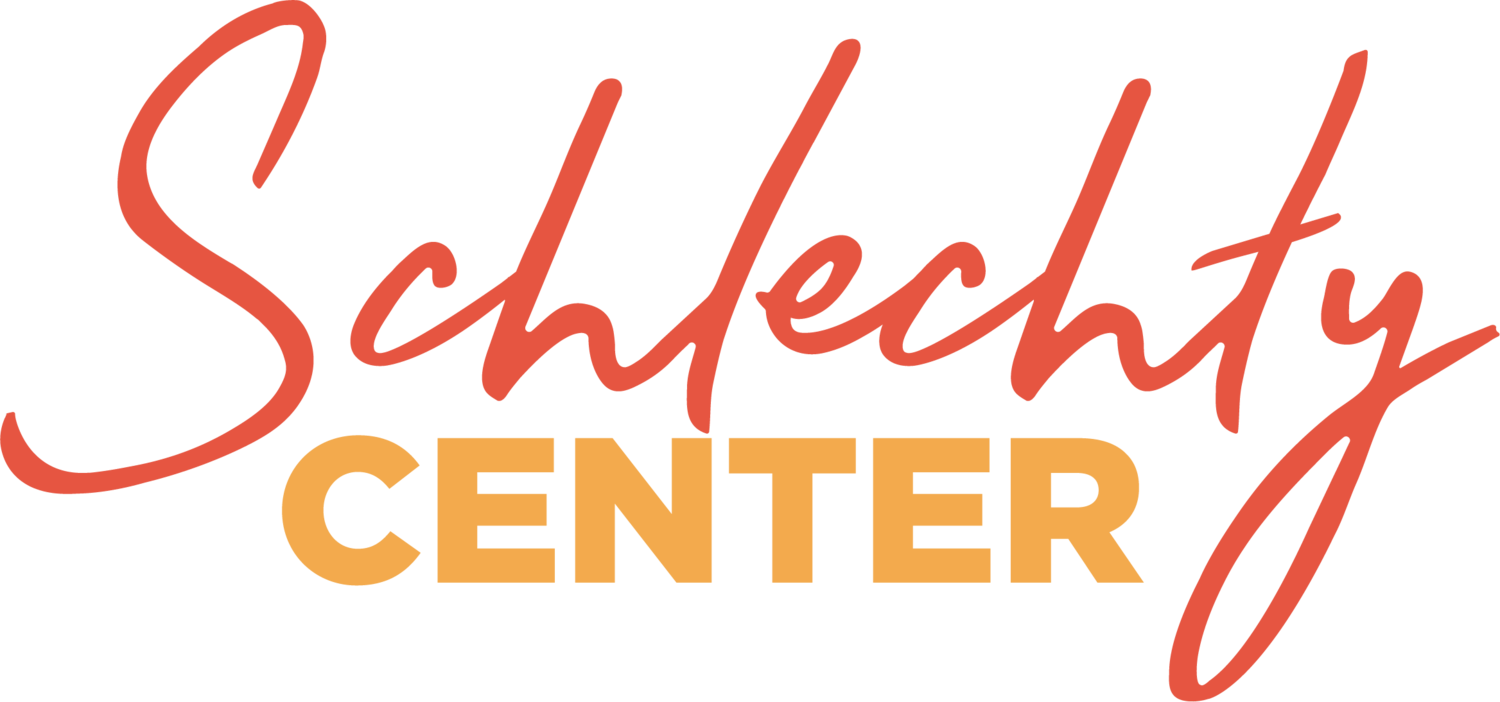One of the least understood possibilities in the pedagogy of education is the world of gaming.
Don’t worry. Help is here. The MindShift Guide to Digital Games and Learning is an excellent starting place for anyone who would like to merge gaming with schoolwork design.
Contributing writer Katie Salen Tekinbas tells us, “For a long time, learning—school learning—has demanded something different. But that something different has sometimes been manifest in policies, which emphasize outcomes like standardized test scores, rather than a love of learning, and which result in experiences that are efficient (e.g. metrics driven) yet rarely child-centered. Such an approach to education doesn’t so much discount engagement as a condition of learning as erase it altogether.”
Amen, Katie. Phil Schlechty is beaming right now!
The world of gaming provides many opportunities to address engagement in classroom work designs. While it is a no-brainer to see that gaming addresses Authenticity, Novelty, and Affiliation, the reality is gaming can address multiple qualities of schoolwork that lead to engagement.
The MindShift Guide to Digital Games and Learning is very well laid out. There is an excellent introduction followed by a section on research. If you are interested in detailed research on gaming, the authors direct you to a very comprehensive survey. Following the introduction and research, the booklet covers:
- How to Start Using Digital Games for Learning
- How to Choose a Digital Learning Game
- Overcoming Obstacles for Using Digital Games in the Classroom
- How Teachers are Using Games in the Classroom
The guide includes links to a wealth of resources and examples. There are even videos of actual classroom usage.
Teacher/designers familiar with the 10 attributes of schoolwork that can lead to engagement will find Dr. Schlechty’s 10 Design Qualities all over this document. It would make an interesting task to pencil in given Design Qualities as they appear in the article-– by name, metaphor, or synonym.
This article is a confirmation that the 10 Design Qualities drive engagement.
Whether you are just getting started with digital gaming in your classroom or are a seasoned veteran, this guide will be helpful to you. We highly recommend it!
The Engagement People



